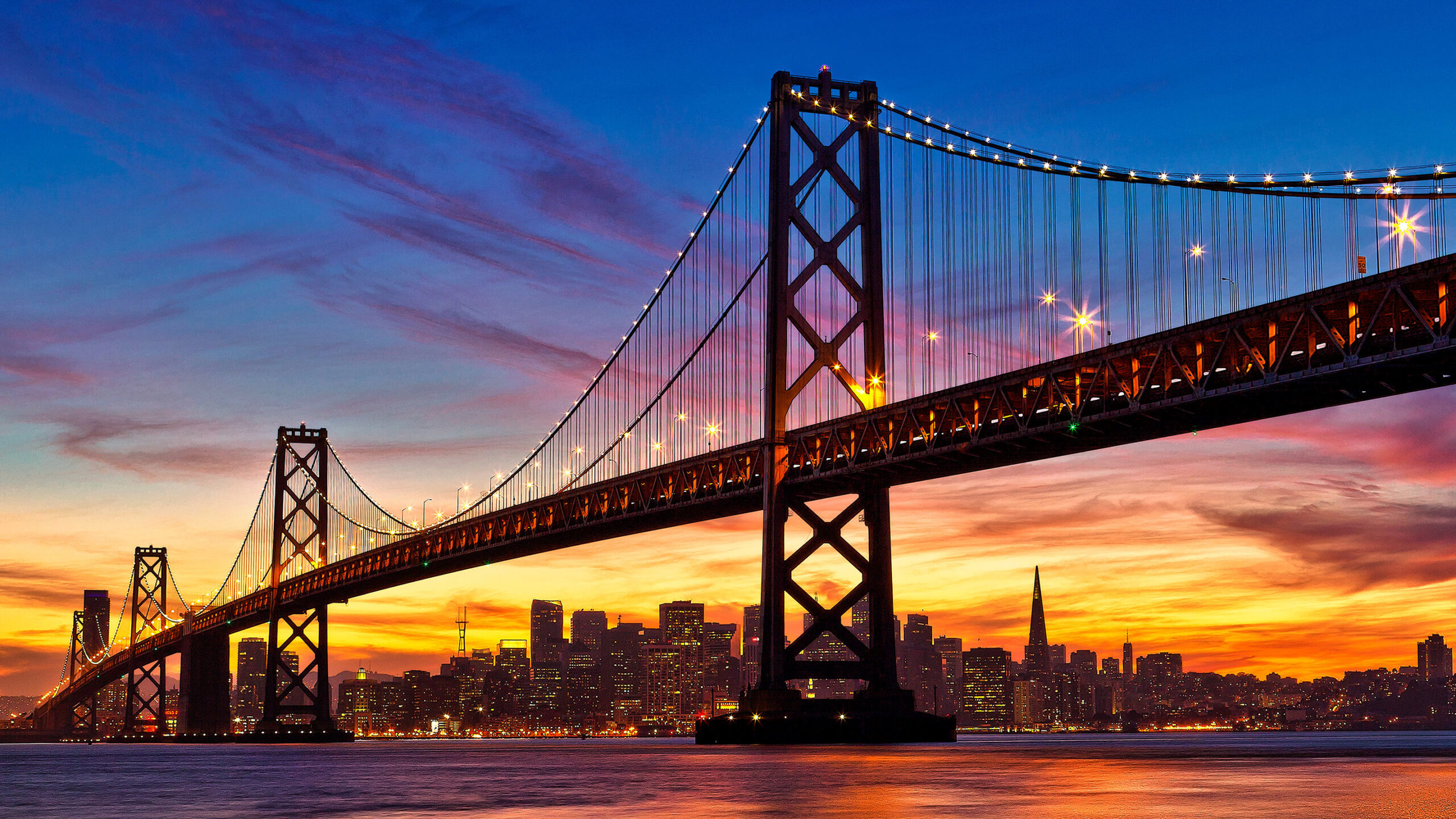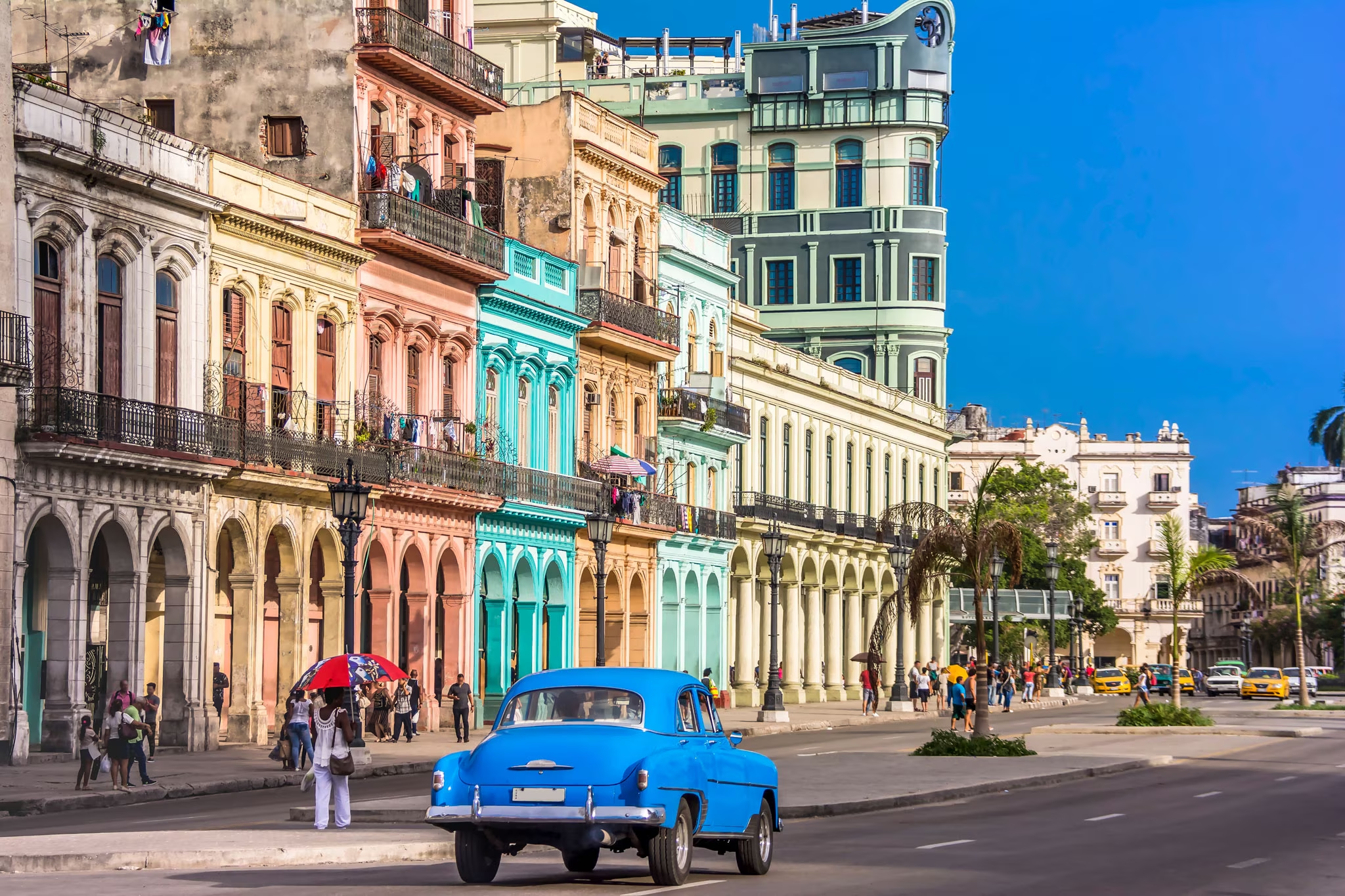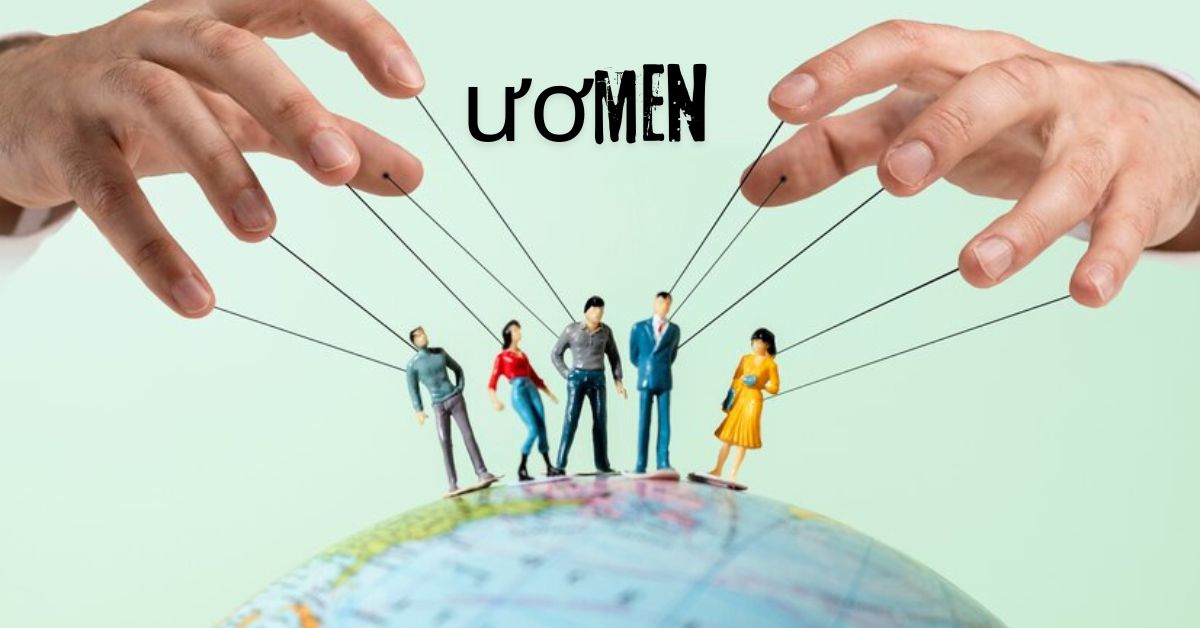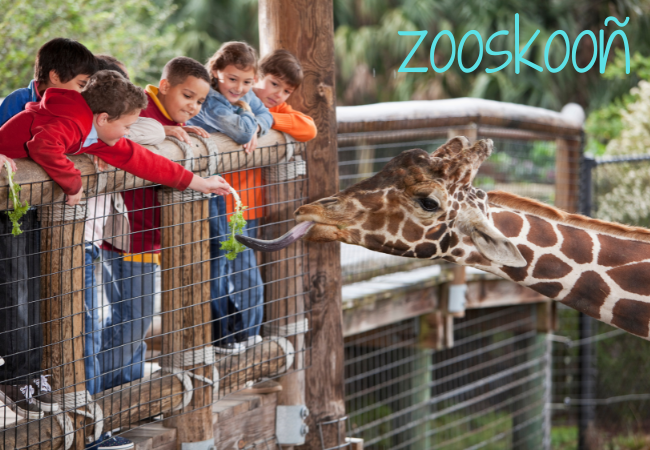San Francisco, nestled on the northern tip of the San Francisco Peninsula, is not merely a city but a cultural icon, a technological hub, and a beacon of progressive values. With its iconic landmarks, diverse population, and rich history, San Francisco stands as a testament to resilience, innovation, and the American dream.
A City of Icons
One cannot speak of San Francisco without mentioning its unmistakable landmarks. The Golden Gate Bridge, an engineering marvel completed in 1937, spans the Golden Gate Strait, connecting San Francisco to Marin County. Its vibrant orange hue against the backdrop of the Pacific Ocean and rolling hills has made it an enduring symbol of the city.
Alcatraz Island, once a notorious federal prison, now stands as a national park and a reminder of the city’s complex history. Visitors can tour the cells that once held some of America’s most infamous criminals, learning about the island’s Native American occupation and role as a military fortress.
Another iconic site is Lombard Street, famous for its steep, winding section known as the “crookedest street in the world.” Visitors flock to witness cars navigate its hairpin turns framed by beautiful gardens and quaint houses.
Cultural Diversity and Vibrancy
San Francisco’s cultural tapestry is woven with threads from around the globe. The city has long been a magnet for immigrants, artists, and intellectuals seeking tolerance and acceptance. Chinatown, established in the mid-19th century, is the oldest and one of the largest in North America, offering a sensory explosion of sights, sounds, and tastes.
The Mission District, historically a Latino neighborhood, is renowned for its vibrant murals depicting cultural and political themes. It also boasts a thriving arts scene, with galleries and studios showcasing works from local and international artists.
San Francisco’s LGBTQ+ community has had a profound impact on the city’s identity. The Castro District, one of the first gay neighborhoods in the United States, remains a symbol of LGBTQ+ pride and activism. Rainbow flags fly proudly, and the district is home to numerous bars, shops, and cultural institutions celebrating diversity.
Innovation and Technology Hub
Beyond its cultural allure, San Francisco is a global epicenter of innovation and technology. Silicon Valley, just south of the city, is synonymous with the tech industry, housing headquarters of giants like Apple, Google, and Facebook. The city itself is home to countless startups and incubators, attracting ambitious entrepreneurs and venture capitalists from around the world.
The tech boom has transformed San Francisco’s skyline and economy, ushering in waves of wealth and gentrification. The once-gritty South of Market (SoMa) district is now a bustling tech hub, dotted with sleek office buildings and upscale condominiums.
Challenges and Contrasts
Yet, for all its prosperity, San Francisco grapples with stark socioeconomic disparities and challenges. The city’s housing market is notoriously expensive and competitive, exacerbated by restrictive zoning laws and rapid gentrification. Homelessness remains a visible issue, with tent encampments juxtaposed against luxury boutiques and high-rise apartments.
The city’s public transportation system, while extensive, has faced criticism for reliability issues and overcrowding. Traffic congestion is a daily reality, exacerbated by the city’s hilly terrain and narrow streets.
Culinary Delights
San Francisco’s culinary scene is a testament to its diversity and innovation. From Michelin-starred restaurants to beloved neighborhood eateries, the city offers a plethora of dining options. Fisherman’s Wharf is famous for its seafood, with Dungeness crab and clam chowder served in sourdough bread bowls being perennial favorites.
The city’s embrace of organic, locally sourced ingredients has also fostered a thriving farm-to-table movement. Farmers’ markets abound, offering fresh produce, artisanal cheeses, and gourmet treats.
Nature and Recreation
San Francisco’s natural beauty is a constant presence amid its urban hustle. Golden Gate Park, larger than New York City’s Central Park, offers a verdant oasis with gardens, lakes, and cultural institutions. The California Academy of Sciences and the de Young Museum are popular attractions within the park, catering to both science enthusiasts and art aficionados.
Outdoor enthusiasts flock to Lands End, a rugged coastline offering panoramic views of the Pacific Ocean and access to hiking trails. Nearby Muir Woods National Monument showcases towering redwood trees, some of the oldest and tallest living organisms on Earth.
Conclusion
In conclusion, San Francisco’s allure lies in its diversity, innovation, and storied history. From the fog-shrouded hills overlooking the bay to the bustling streets of Chinatown and the high-tech corridors of Silicon Valley, the city continues to captivate and inspire. Its challenges notwithstanding, San Francisco remains a beacon of creativity and resilience, embodying the spirit of the American West Coast.
Visitors and residents alike find themselves enchanted by its blend of natural beauty, cultural vibrancy, and pioneering spirit. As the city evolves, its iconic landmarks and diverse neighborhoods ensure that San Francisco will always be cherished as the City by the Bay—a place where dreams are pursued, and possibilities are limitless.
FAQS
1. What is San Francisco known for? San Francisco is renowned for its iconic landmarks such as the Golden Gate Bridge, Alcatraz Island, and Lombard Street. It’s also celebrated for its cultural diversity, progressive values, and being a global hub for technology and innovation.
2. How did San Francisco get its name? San Francisco was named after Saint Francis of Assisi by Spanish explorers who arrived in the area in the 18th century. The city’s full name is “El Pueblo de San Francisco de Asís,” meaning “The Town of Saint Francis of Assisi.”
3. What are the must-see attractions in San Francisco? Key attractions include:
- Golden Gate Bridge
- Alcatraz Island
- Fisherman’s Wharf
- Chinatown
- Union Square
- Golden Gate Park
- Cable cars
- The Painted Ladies (Victorian houses)
- Coit Tower
- Palace of Fine Arts
4. What is the weather like in San Francisco? San Francisco has a Mediterranean climate characterized by mild, wet winters and dry summers. Fog is common, especially in the summer months, cooling the city down despite its northern California location.
5. How do you get around San Francisco? San Francisco offers various transportation options:
- Cable cars: Iconic and scenic, though primarily tourist attractions.
- Buses and trains: Operated by Muni (SFMTA), serving the city and surrounding areas.
- BART (Bay Area Rapid Transit): Connects San Francisco to other parts of the Bay Area.
- Ride-sharing services and taxis are also readily available.
6. What is the food scene like in San Francisco? San Francisco boasts a diverse culinary scene influenced by its multicultural population. Highlights include:
- Seafood at Fisherman’s Wharf
- Mission burritos in the Mission District
- Fine dining with local, organic ingredients
- Food trucks and ethnic cuisine in neighborhoods like Chinatown and the Mission.
7. Is San Francisco an expensive city to visit? Yes, San Francisco consistently ranks as one of the most expensive cities in the United States. Accommodations, dining, and entertainment can be pricey, particularly in tourist-heavy areas. However, budget options and free attractions are available, especially if planned carefully.
8. What are some unique neighborhoods to explore? Each neighborhood in San Francisco offers its own charm:
- The Castro: Historic LGBTQ+ district with vibrant nightlife and cultural landmarks.
- Haight-Ashbury: Famous for its role in the 1960s counterculture and eclectic shops.
- Nob Hill: Known for its upscale hotels and stunning views.
- SoMa (South of Market): Tech hub with trendy bars, art galleries, and museums.
9. What are some family-friendly activities in San Francisco? San Francisco offers plenty for families:
- Exploratorium: Interactive science museum at Pier 15.
- California Academy of Sciences: Natural history museum in Golden Gate Park.
- San Francisco Zoo: Home to over 1,000 exotic animals.
- Children’s Creativity Museum: Hands-on exhibits for kids to explore art and technology.
10. What should I pack when visiting San Francisco? Pack layers! The weather can change throughout the day, so bring a mix of clothing from light jackets to sweaters. Comfortable walking shoes are essential, especially for navigating the city’s hills. Don’t forget sunscreen and a camera to capture the city’s stunning vistas!

 Lifestyle7 months ago
Lifestyle7 months ago
 Lifestyle7 months ago
Lifestyle7 months ago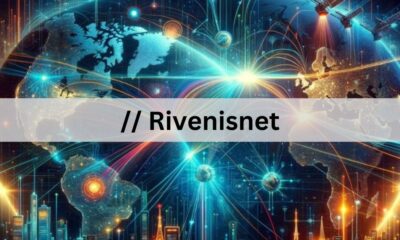
 Business7 months ago
Business7 months ago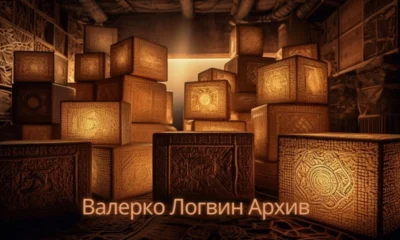
 Fashion7 months ago
Fashion7 months ago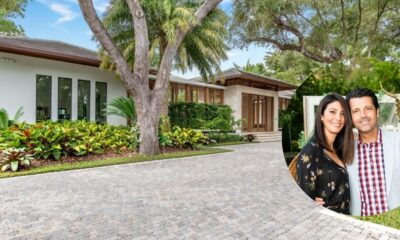
 Celebrity7 months ago
Celebrity7 months ago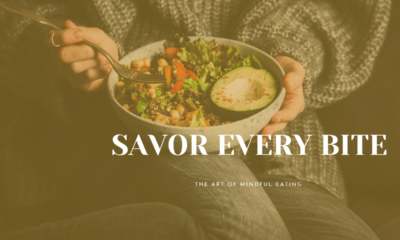
 Health7 months ago
Health7 months ago
 Tech7 months ago
Tech7 months ago
 Business7 months ago
Business7 months ago
